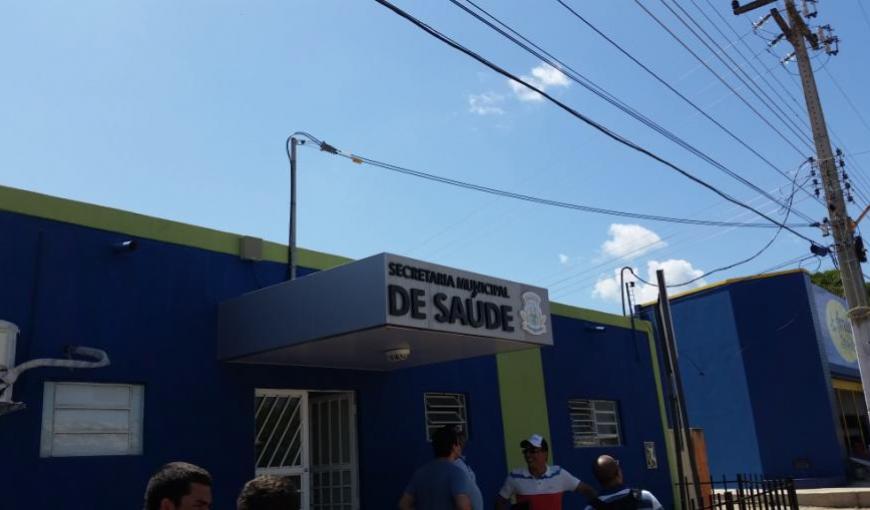Chronicle shows deployment of optical networks within the Northeast of Brazil
Joaquim Carlos Fanton
This story also takes place in the City of São José do Divino, State of Piauí. Not exactly downtown. To be precise, I would say at roughly one thousand meters from the church square.
When we perform the acceptance inspection of an optical network, there is a routine to be followed.
Much of the activities is related to visits to the buildings that are interconnected to the network. In each fiber termination point, there is a router powered by an uninterruptible power supply connected to an outlet and various other devices and equipment installed inside a rack.
However, a part of the activities consists of connecting the external network, observing height and tensioning of the cable, anchorages, supports, technical reserves, amendments and the like.
The optical network of São José do Divino is very small. From end to end, the city is 2 kilometers long, and this is the length of the cable inspected. No more than 50 posts.
The acceptance group was comprised by seven persons. Another RNP representative and I (we were assuming responsibility for the inspections in that trip), a representative from the Ministry of Communications who was passing the responsibility, three representatives from the contractor that deployed the network and the Secretary of Planning from the city hall receiving it, called Francisco.
It was almost lunchtime, sun at its peak, temperature in the shade close to 38 degrees centigrade. We walked from the town hall to the final point serviced by the network, which was the police Station.
Used to walking, I was moving quickly and leaving the rest of the group behind. Upping the ante, Francisco accompanied me. At one point, he saw an acquaintance inside a small diner, which was next to a motorcycle repair shop. He told me that both establishments belonged to that person, who was also one of the city’s councilor. He insisted on stopping to introduce me. There were three other people on the spot. They seemed to be friends, rather than costumers. They sat in the porch covered by galvanized steel tiles. The heat there was scorching for my standards. Very pleasant to them, who are in midwinter. Following the introductions, the merchant offers us freshly squeezed sugar cane juice. It was very cold and it went down very well. I asked for another one, which apparently made the man very happy.
The pause for the sugar cane juice gave time for the rest of the group to reach us. We started to talk. It was a short conversation of no more than two minutes. Francisco explained to all of us what was being done. Excited with the confirmation that the public Wi-Fi was already working in the square, one of the councilor’s friends exclaimed:
- Great, now I can see naked women on the internet without paying a cent.
The internet is an incomparable tool. Through it, we have access to thousands of sources of information, leisure and knowledge, located in any part of the planet.
I tried to explain that internet may be used for this purpose, without a doubt, but he should begin to think of taking advantage of that tool.
I tried to tell him that one of my children, who is an engineer, graduated from MIT using the internet. But I soon gave up. I suspected he had no idea what MIT, or any other institution, was. I asked if he had ever been to a big city. Never, not even to Teresina (state capital)!
Before going through a road, we must know where it leads and what we are going to do in the destination. We may not take the risk of being like Alice, going through Wonderland, who, in a crossroad, asked a cat sitting there through which way should she go and it answered her, asking where she wanted to go. She said she did not know, because she was lost. Then, the cat answered that whatever road she came to choose would not make a difference.
This is the greatest challenge we currently face in our society. We must decide where we want to go before starting the trip.
*Joaquim Fanton is an electrical engineer from the Federal University of Paraná (UFPR), with 38 years of experience in optical networks. He was a network engineer of Paraná Telecommunications Company (Telepar) of Telecomunicações São Paulo (Telesp), Telebras and the Research and Development Center in Telecommunications (CPqD). Today, he acts as RNP consultant and participates in the implementation of metropolitan fiber optic networks, under the Digital Cities Programme. By walking through the countryside, he accumulated stories that will be shared on this website.
[[{"fid":"6591","view_mode":"default","fields":{"format":"default","field_file_image_alt_text[und][0][value]":"Joaquim Fanton","field_file_image_title_text[und][0][value]":"Joaquim Fanton"},"type":"media","link_text":null,"attributes":{"alt":"Joaquim Fanton","title":"Joaquim Fanton","height":653,"width":641,"style":"width: 100px; height: 102px; float: right;","class":"media-element file-default"}}]]
